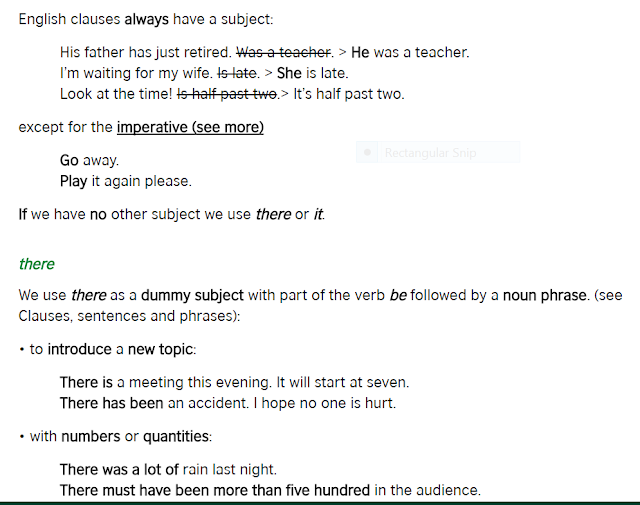Manythings.org is a website that contains--well, many things for ESL students. It has news videos with subtitles in English. Subtitles means the text of the story appears on the screen while you watch and listen to the video. There are also news stories on video with no subtitles, but you can read a transcript of the story just below the video.
Reading while you listen at the same time is a great way to improve both your listening skills and your vocabulary. You can open the video in one window and open an online dictionary in a second window of your browser. Then you can pause the video while you look up the meaning of words you don't know. You shouldn't look up too many words--first, try to guess the meaning of an unknown word from the context. After you read the entire article, then you can look up the word to see if your guess was correct.
My suggestion: Click on the first link below and choose a news story. Click on the name of the story to watch and listen to that story on video, with subtitles. Click on the second link to choose a story on video that has the text of the story below the video.
LINK: Manythings.org--Videos with Subtitles
LINK: Manythings.org--Videos with Transcripts
Reading while you listen at the same time is a great way to improve both your listening skills and your vocabulary. You can open the video in one window and open an online dictionary in a second window of your browser. Then you can pause the video while you look up the meaning of words you don't know. You shouldn't look up too many words--first, try to guess the meaning of an unknown word from the context. After you read the entire article, then you can look up the word to see if your guess was correct.
My suggestion: Click on the first link below and choose a news story. Click on the name of the story to watch and listen to that story on video, with subtitles. Click on the second link to choose a story on video that has the text of the story below the video.
LINK: Manythings.org--Videos with Subtitles
LINK: Manythings.org--Videos with Transcripts



